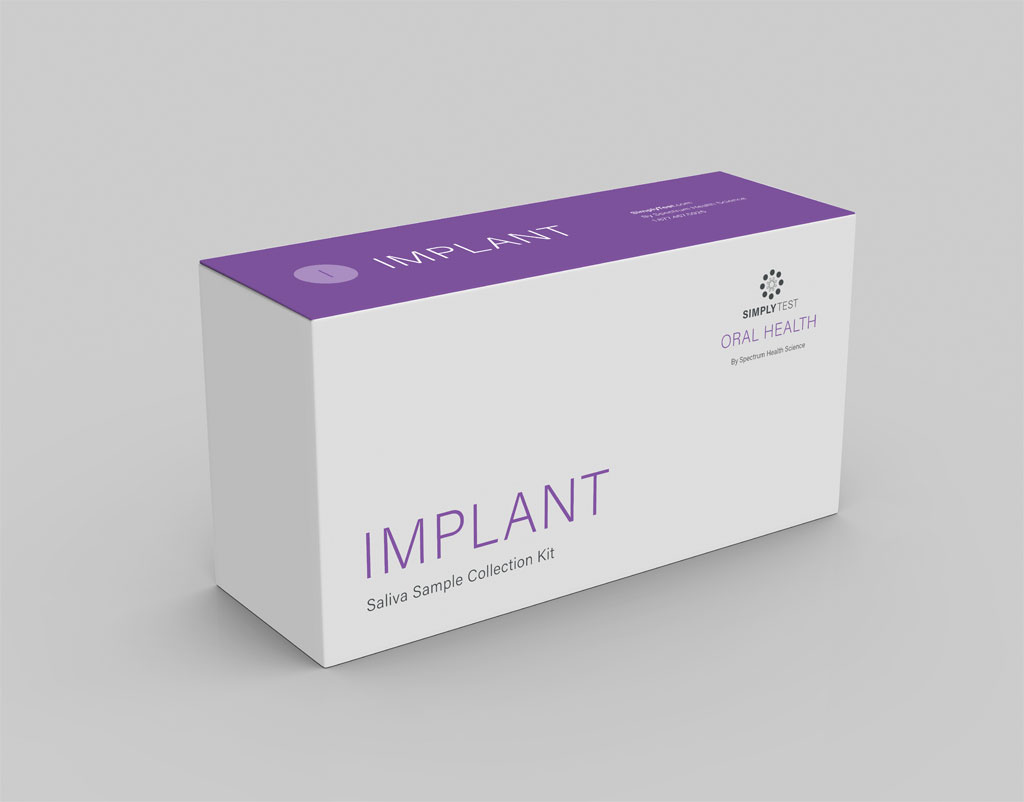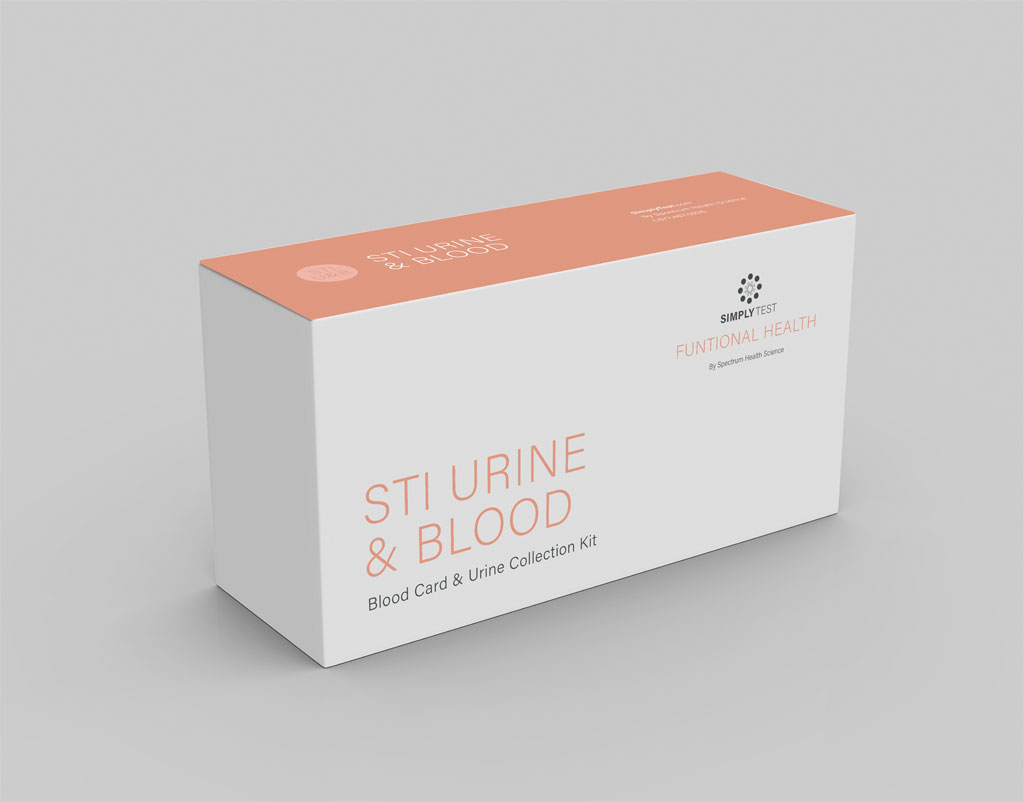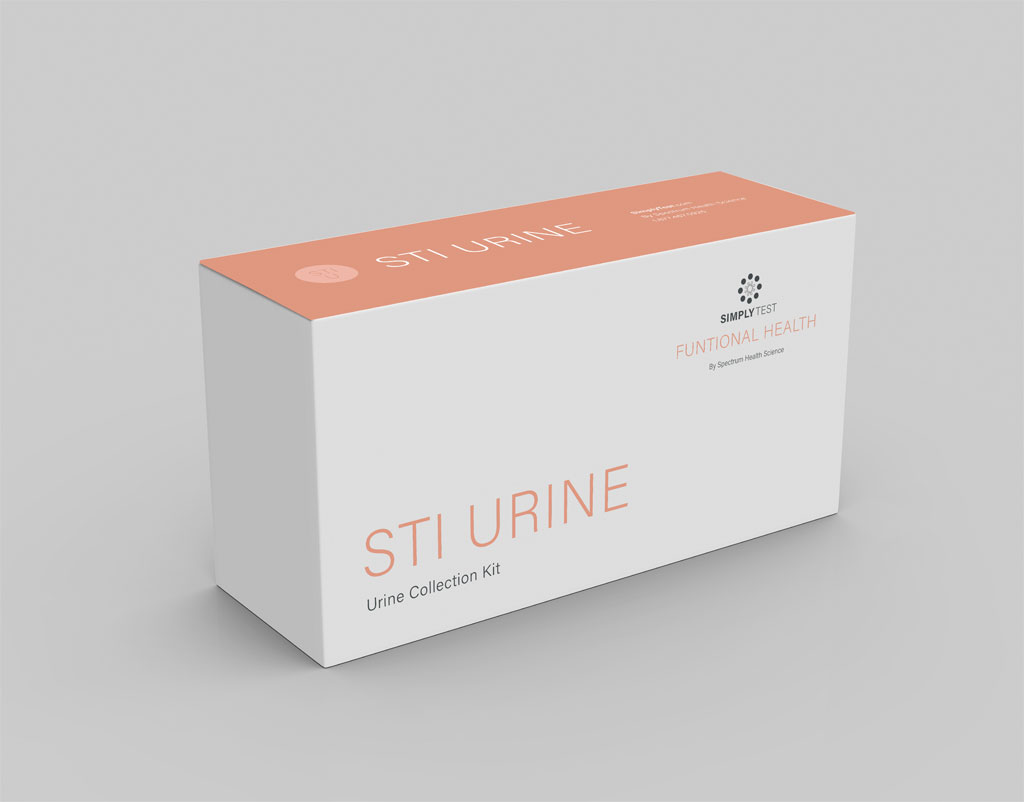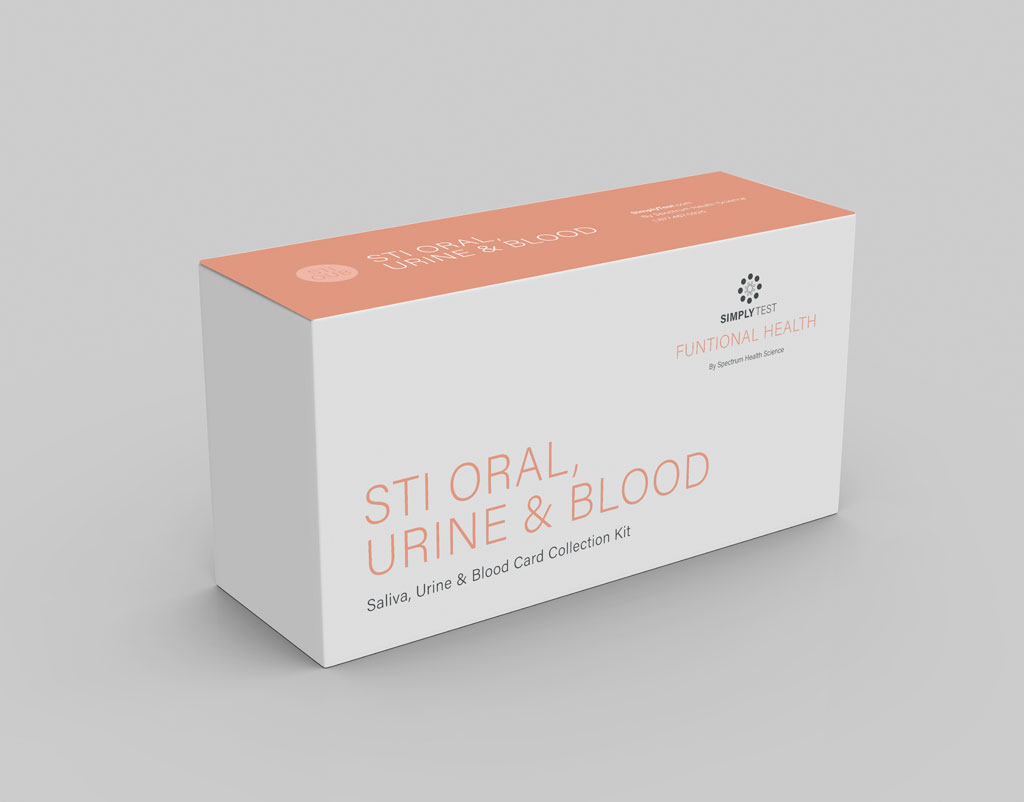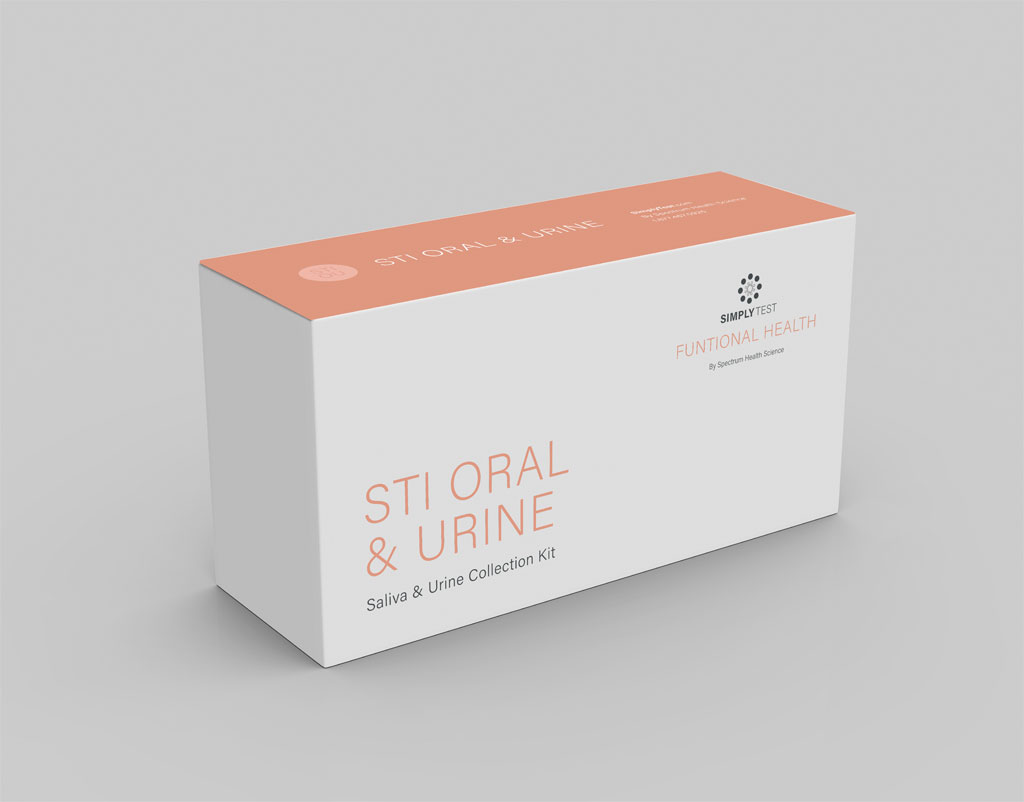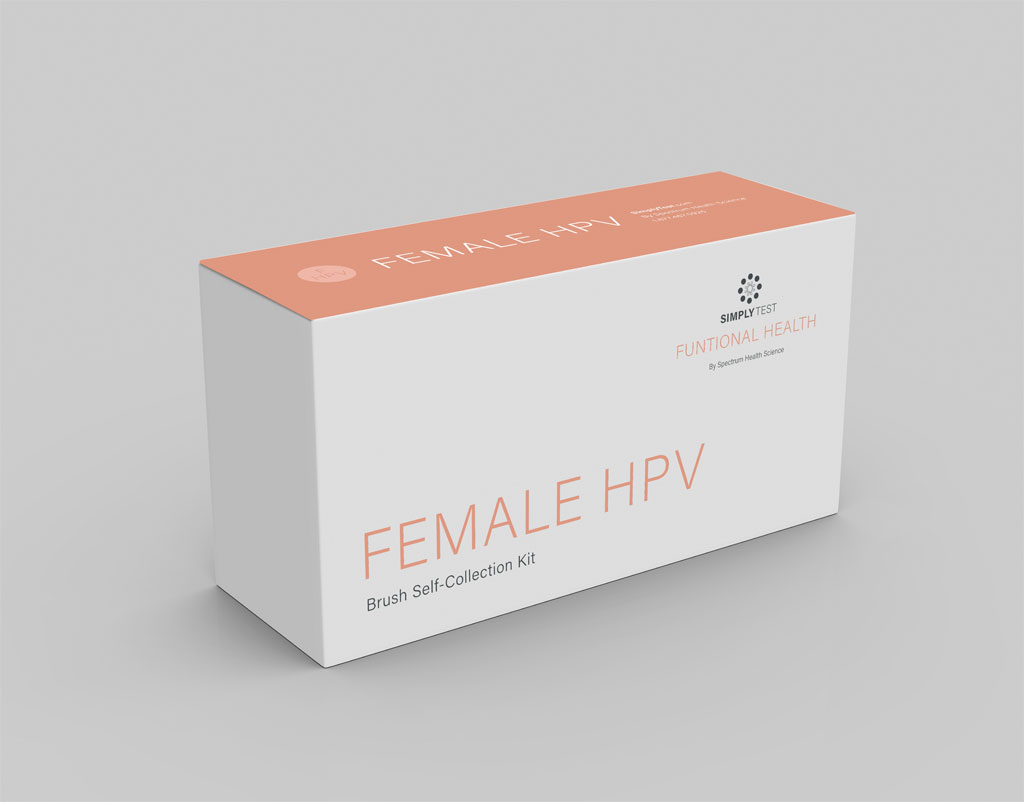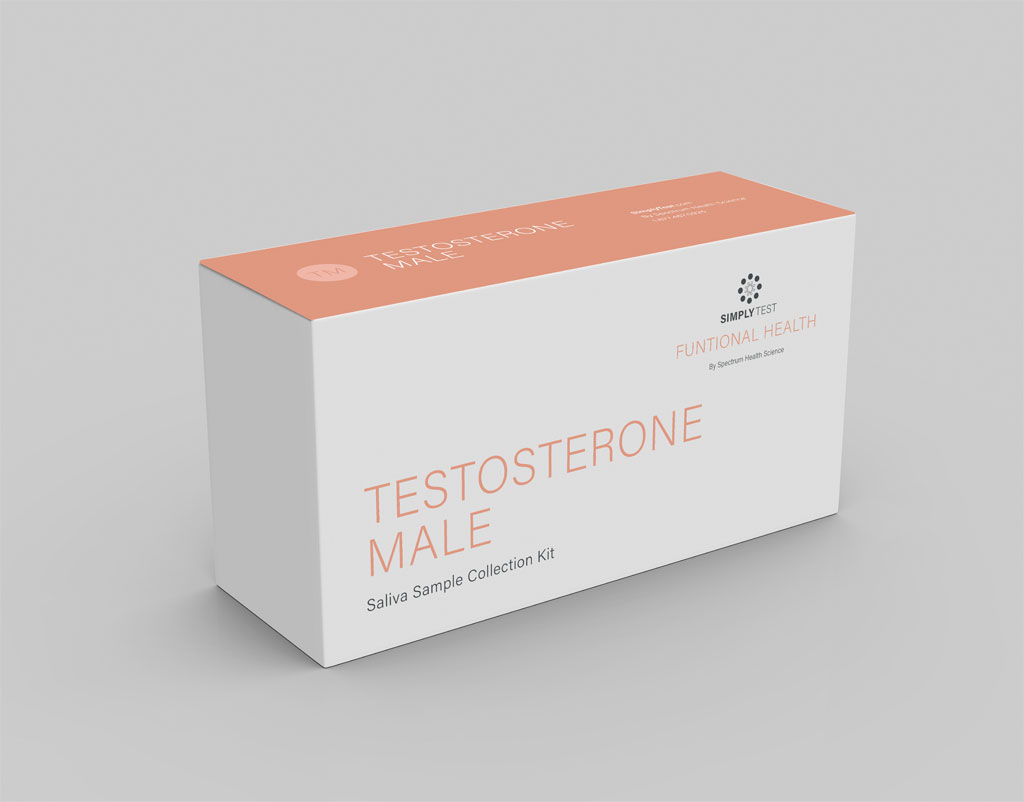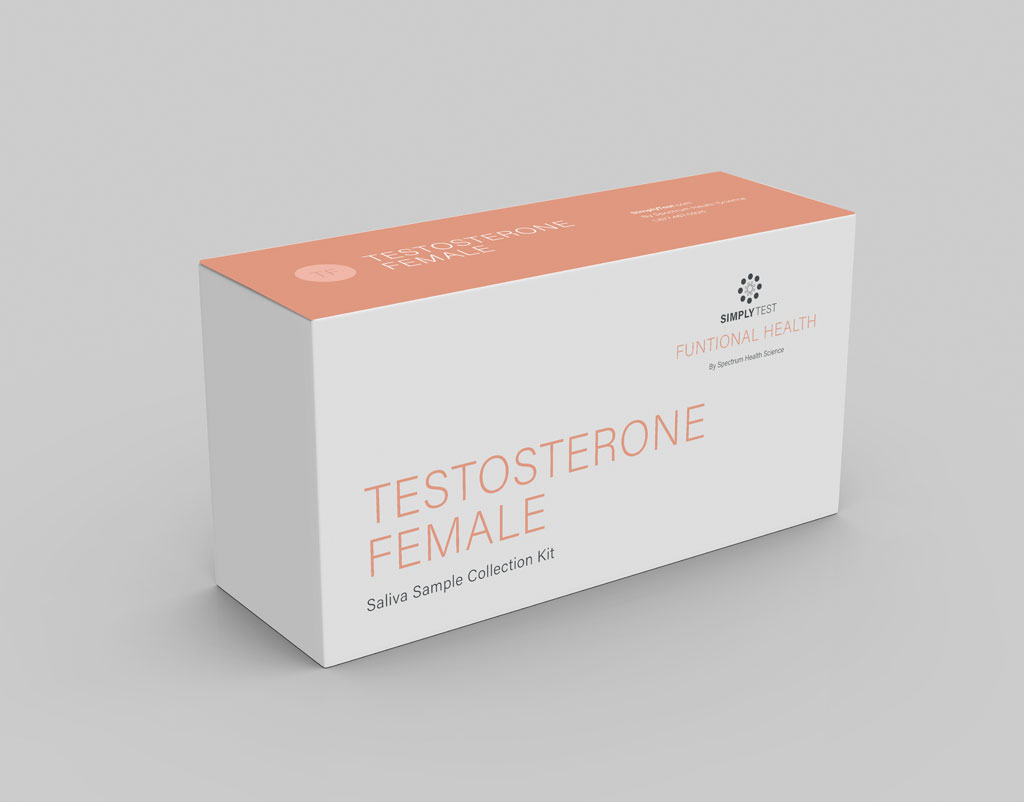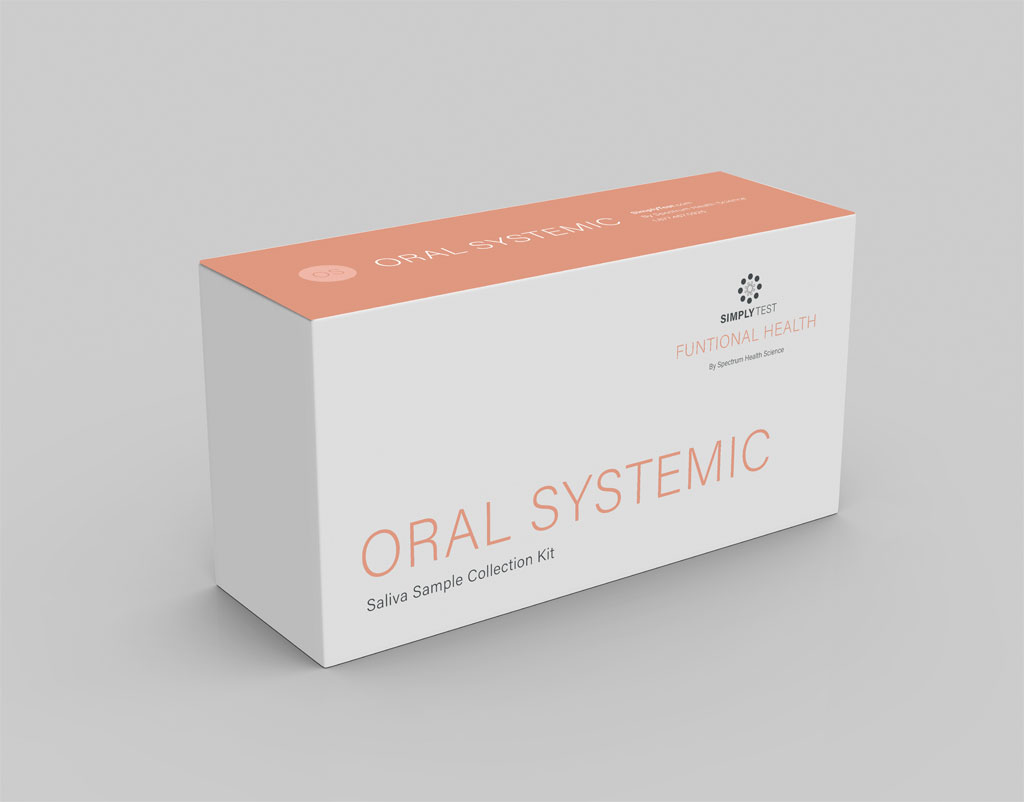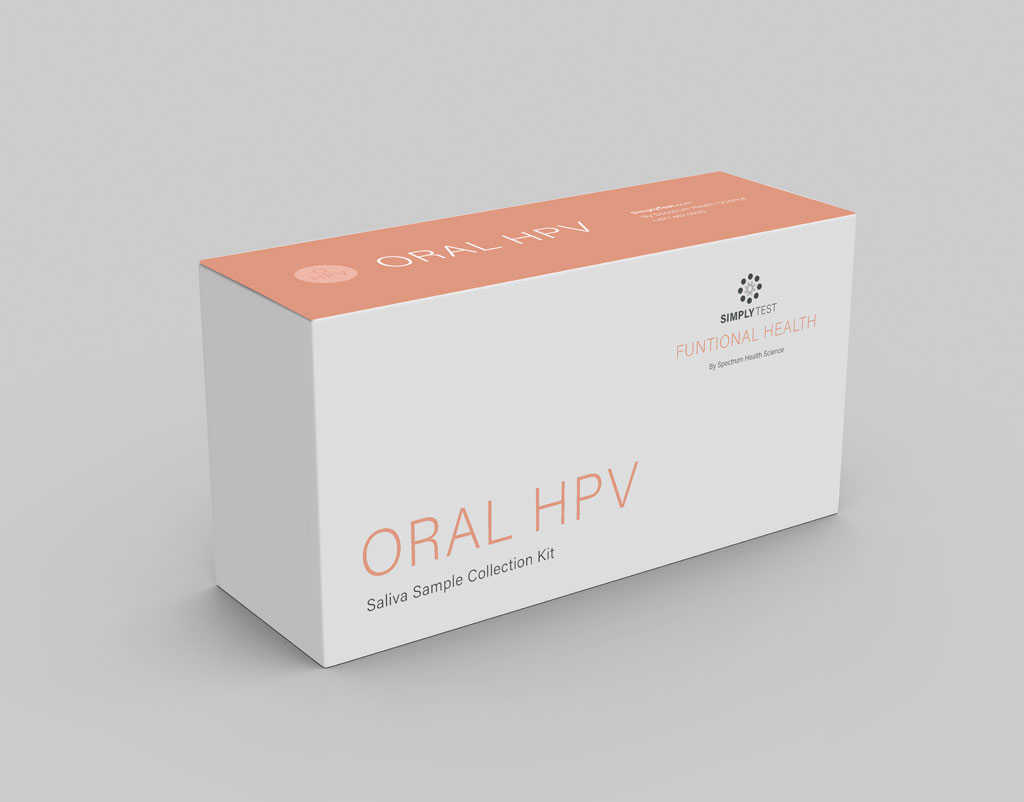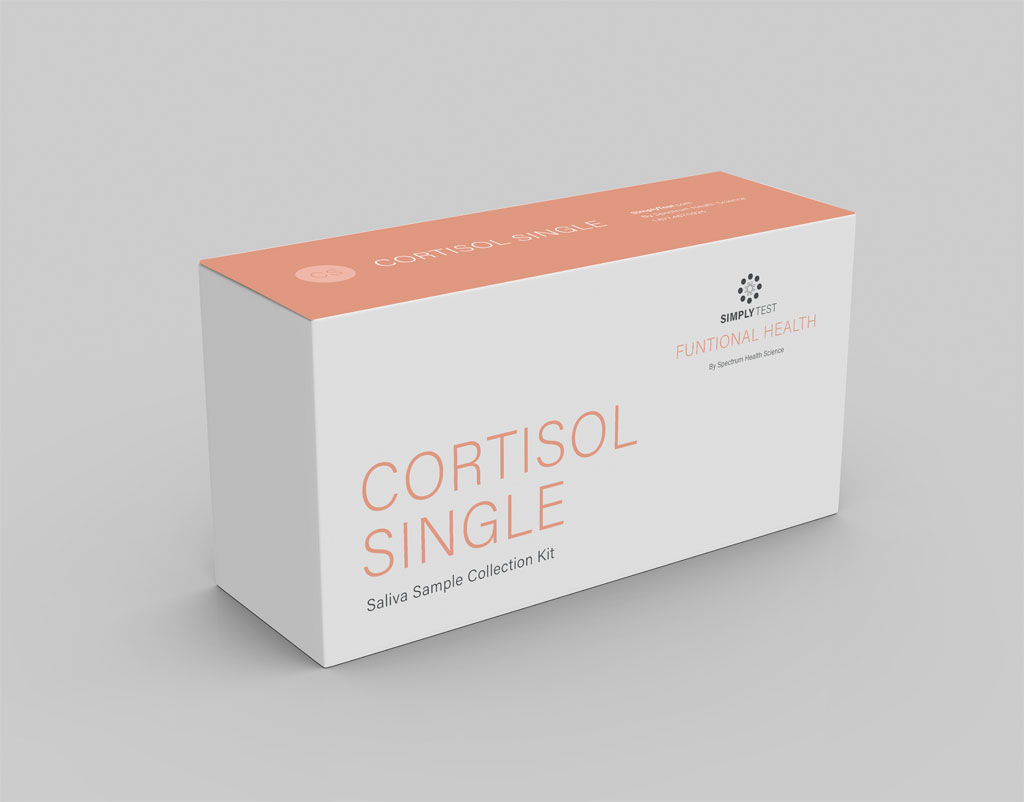Sexually transmitted infections (STIs) often present with symptoms similar to UTIs or vaginitis, making them difficult to identify based on clinical signs alone. Testing is the only way to accurately identify the cause and determine the appropriate treatment.
Many STIs are asymptomatic, allowing infections to go unnoticed and unknowingly transmitted to partners, or from mother to baby. If left untreated, STIs can spread beyond the initial site, raising the risk of more serious health issues if not identified and treated early.
Early detection & treatment of oral STIs is essential to prevent potential spread to other body sites & avoid systemic complications. Identifying multi-site infections also plays a critical role in improving treatment outcomes.
- Genital STI detection for men & women
- Oral STI detection for men & women
- Noninvasive saliva & urine sample collection
- Molecular testing for active organism detection
- Actionable clinical insights
- View sample report
9 Pathogen Genital Detection Panel
Neisseria gonorrhoeae (Ng)
Chlamydia trachomatis (Ct)
Trichomonas vaginalis (Tv)
Mycoplasma genitalium (Mgen)
Ureaplasma urealyticum (Uu)
Treponema Pallidum (Syphilis)
Herpes Simplex Virus 1 (HSV-1)
Herpes Simplex Virus 2 (HSV-2)
Mpox Virus (MPXV)
9 Pathogen Oral Detection Panel
Neisseria gonorrhoeae (Ng)
Chlamydia trachomatis (Ct)
Trichomonas vaginalis (Tv)
Mycoplasma genitalium (Mgen)
Ureaplasma urealyticum (Uu)
Treponema Pallidum (Syphilis)
Herpes Simplex Virus 1 (HSV-1)
Herpes Simplex Virus 2 (HSV-2)
Mpox Virus (MPXV)
News & Blog
Stay in the loop of all Spectrum Health Science product updates and news.
Explore SimplyTest Products

